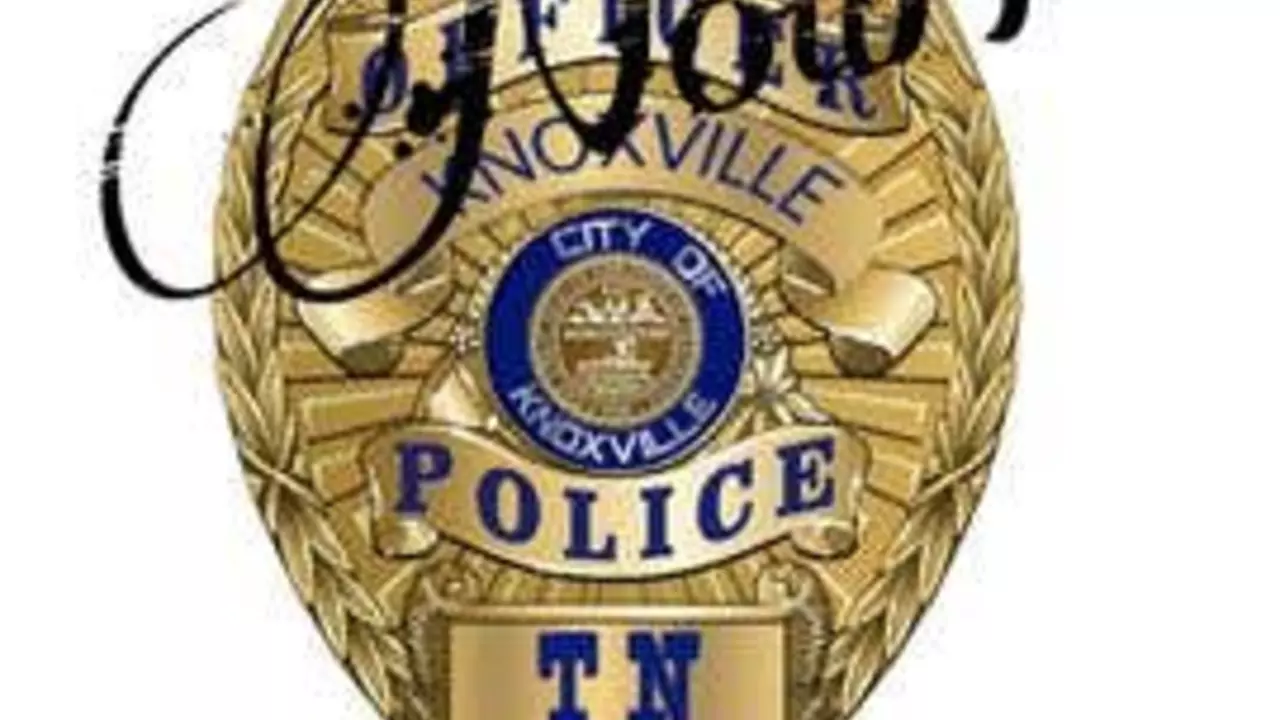Badge Meaning in Hockey – Decode Your Team’s Icons
Ever glance at a jersey and wonder why a certain symbol is there? Badges aren’t just decoration – they tell a story about the team, its history, and its community. In Western Maine and beyond, each patch or logo has a purpose. Below you’ll learn the basics so you can spot a badge and instantly know what it stands for.
Why Badges Matter
Badges act like a visual shortcut. A simple shape can remind fans of a championship win, a hometown landmark, or a tribute to a past player. When you see a badge on a jersey, you’re seeing a piece of the team’s identity stitched into the fabric.
Most teams use three kinds of badges: the primary logo, a secondary emblem, and special patches. The primary logo appears on the front of the shirt and is the brand you associate with the team. The secondary emblem might show up on the shoulders or sleeves and often highlights a nickname or local symbol. Special patches appear only for a season or event – think of a playoff patch or a charity ribbon.
Common Hockey Badges and What They Say
City or State Symbols – Many clubs add a state outline, a lighthouse, or a mountain range to show where they play. For example, a Maine team could feature a pine tree or a lighthouse to signal the coastal roots.
Championship Stars – Each star on a jersey usually marks a league title. Count the stars and you’ll know how many championships the team has claimed.
Heritage Numbers – Some clubs honor legendary players by placing their number on a badge. Spotting a #9 on a small patch could mean the team is celebrating a career worth remembering.
Charity or Community Badges – When a team partners with a local cause, you’ll see a ribbon‑style badge. It’s a sign that the organization cares about giving back and wants fans to notice.
Understanding these basics helps you feel more connected at games, on social media, or when you’re wearing a replica jersey.
How to Read a Badge at a Glance
First, note the location. Front‑center badges are usually the main logo. Shoulder or sleeve patches tell you about secondary themes. Look for small patches on the chest or back – those are often season‑specific.
Next, check the colors. Teams often keep their color scheme consistent across all badges. If a badge uses a gold accent, it might indicate a championship year. Red and black could hint at a fierce nickname.
Finally, spot any text. Words like "EST. 1975" give you the founding year. Abbreviations such as "RC" could stand for "River City" or a local sponsor. Knowing these shortcuts saves you time when you’re scrolling through photos or watching a broadcast.
Now that you know the basics, you can point out badge meanings the next time you’re at a Western Maine rink or chatting with friends online. Badges are a quick way to show pride, and understanding them lets you join the conversation with confidence.
Keep this guide handy, and next time you see a new patch, you’ll already have a good guess about its story. Happy watching, and go team!

What is the A badge in ice hockey?
The A badge in ice hockey is a significant symbol, it stands for 'Alternate Captain'. This badge is worn by players who are second-in-command to the team captain. They step in when the captain is off the ice or unable to perform their duties. These players are typically veterans with vast experience and good leadership skills. It's quite an honor to be given an A badge as it shows the player's key role in the team.
View More